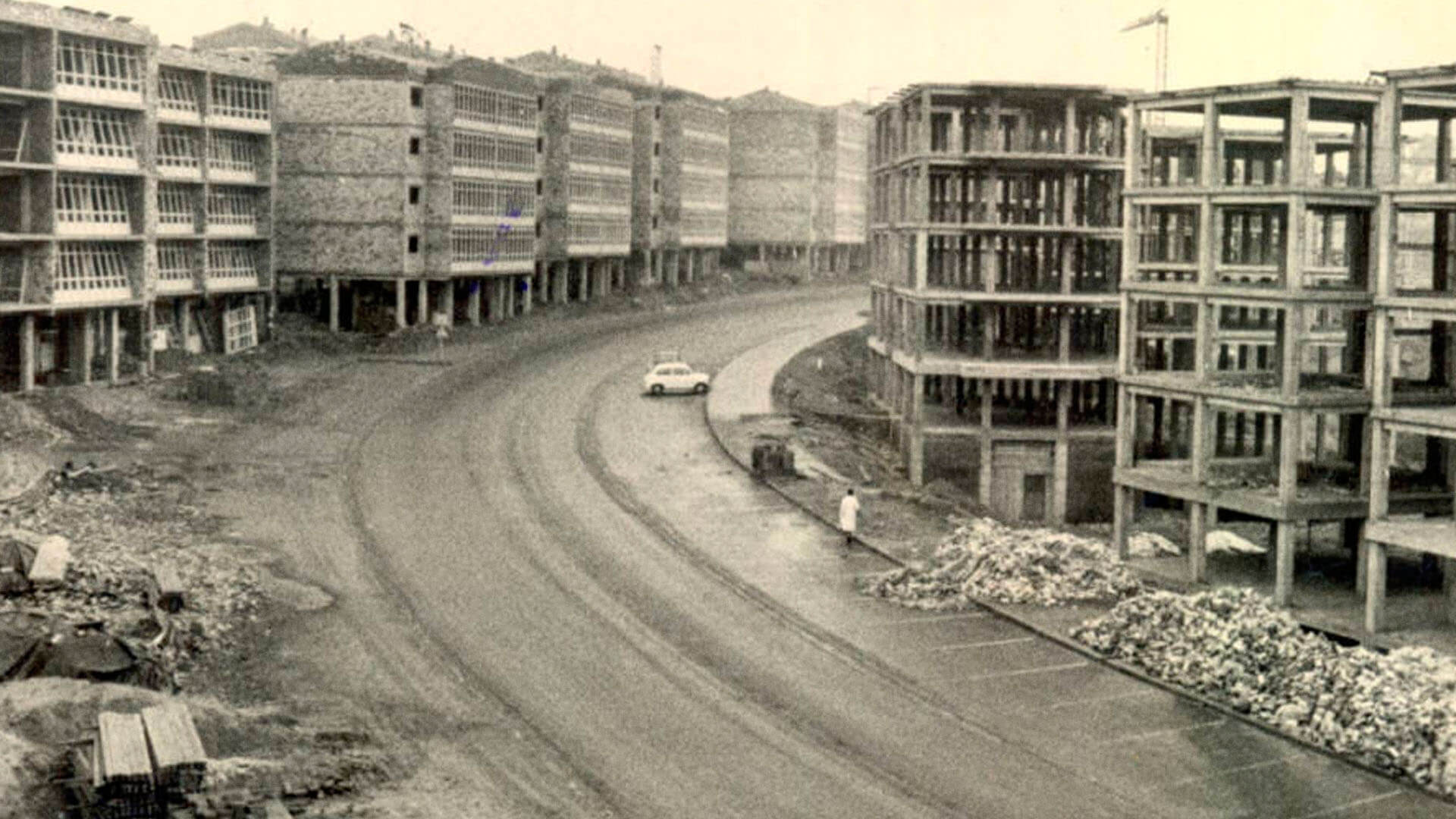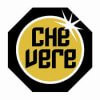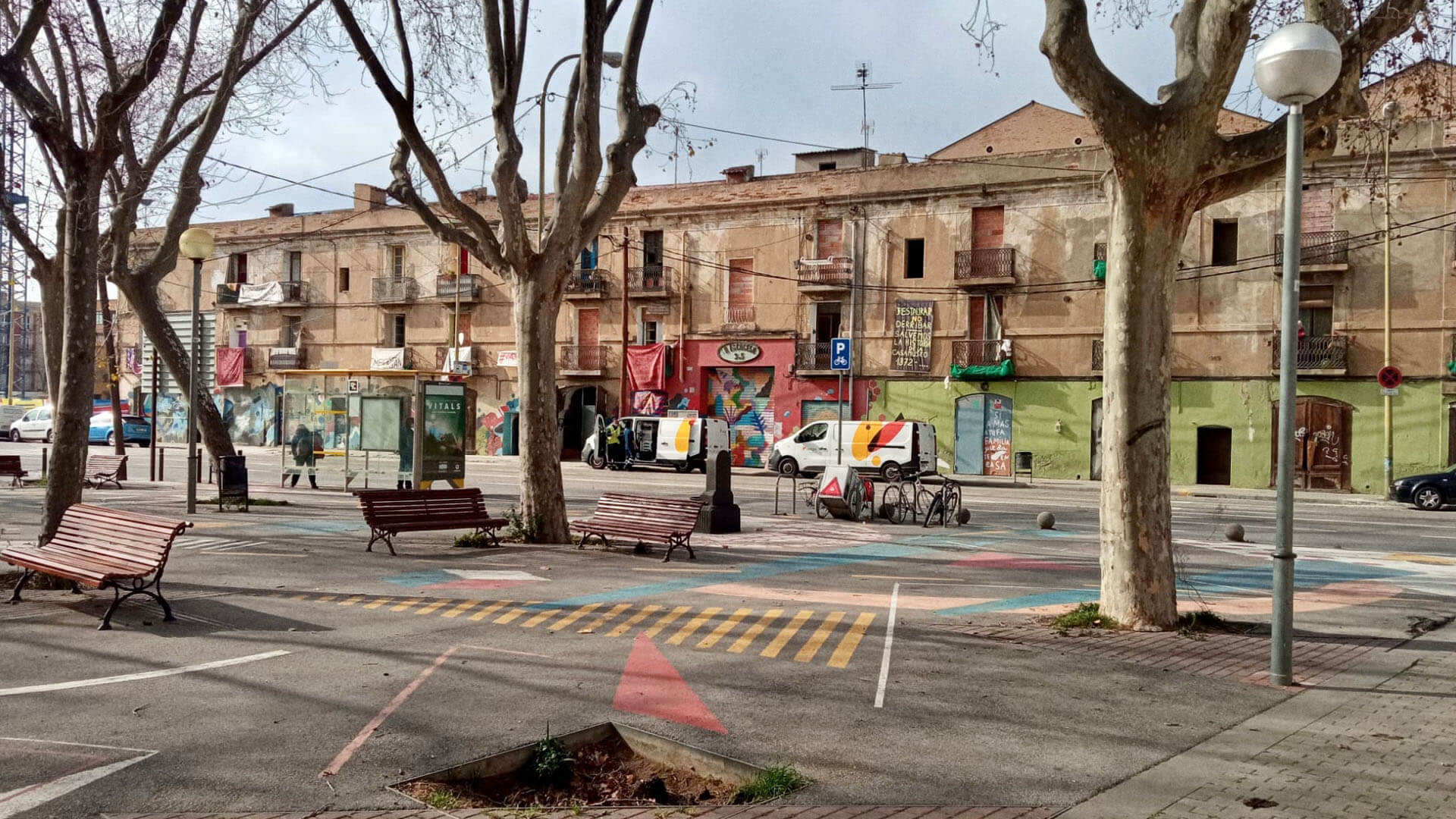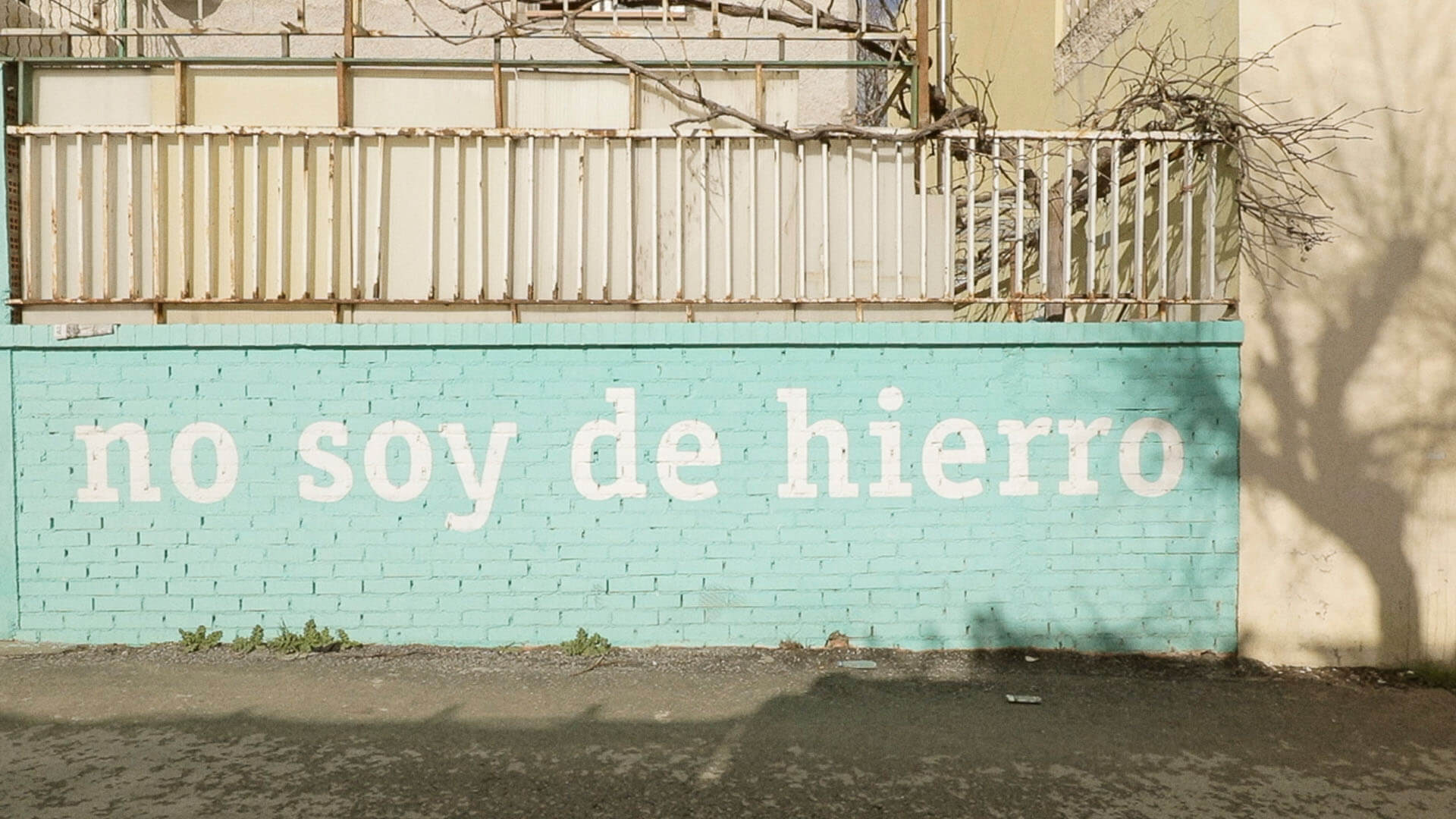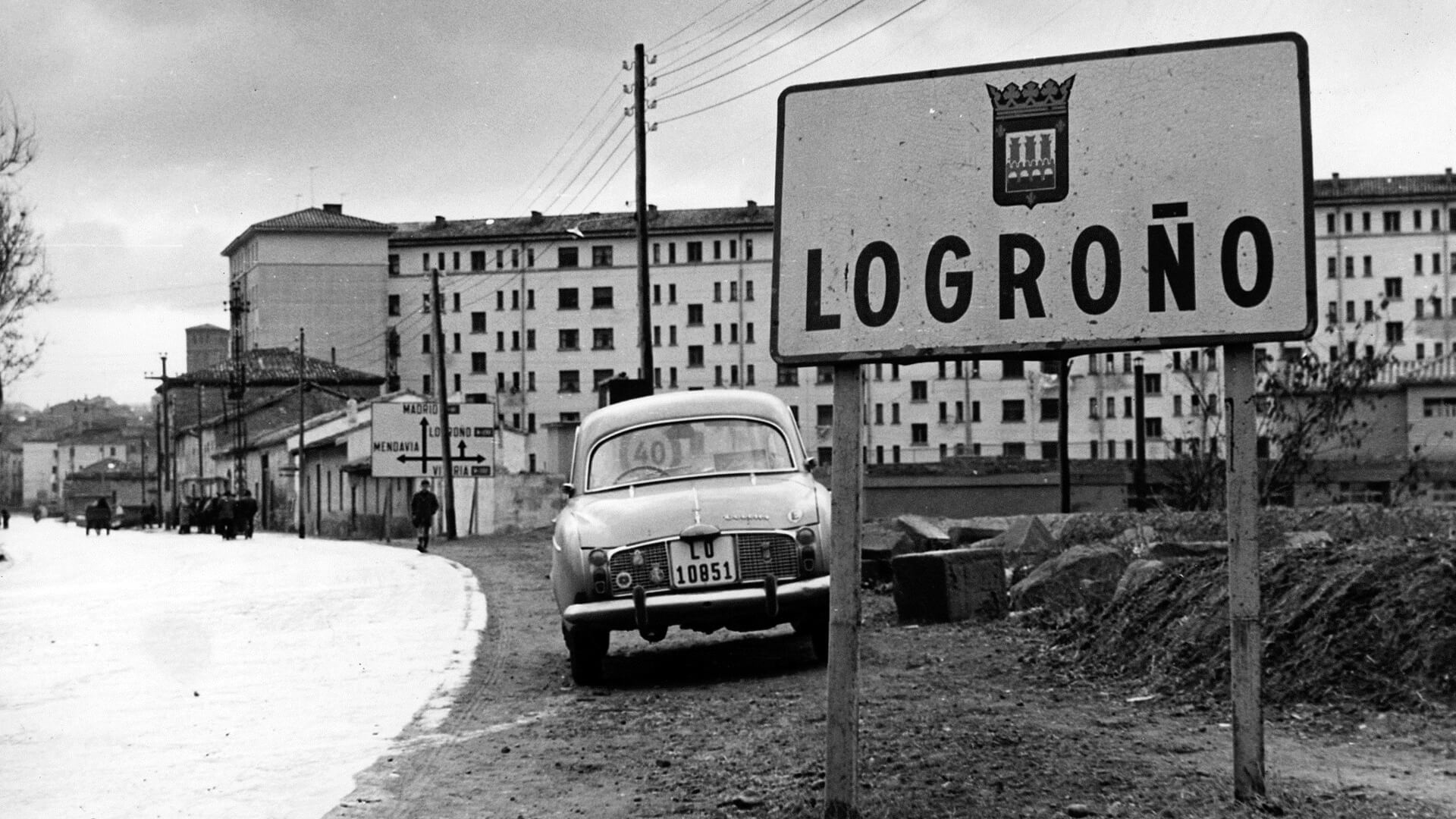Artistic coordination
Xron
Concept and creation
Chévere
Playwriting
Paula Carballeira, Esther F. Carrodeguas, Manuel Cortés, Carlos Santiago and Xron
Cast
Daniel Baamonde, Ricardo de Barreiro, Mónica García, Miguel de Lira, Patricia de Lorenzo, Eduardo Rodríguez Cunha “Tatán”, Miguel Varela and Arantza Villar
Sound designer
Xacobe Martínez Antelo
Research and documentation
Manuel Cortés and Xron
Video
Dani Cornes and Lucía Estévez
Illustrations
Tristán Ron Ferreirós
Producer
Centro Dramático Nacional, Centro Dramático Galego and Grupo Chévere
Welcome illustration
Ana Bustelo


